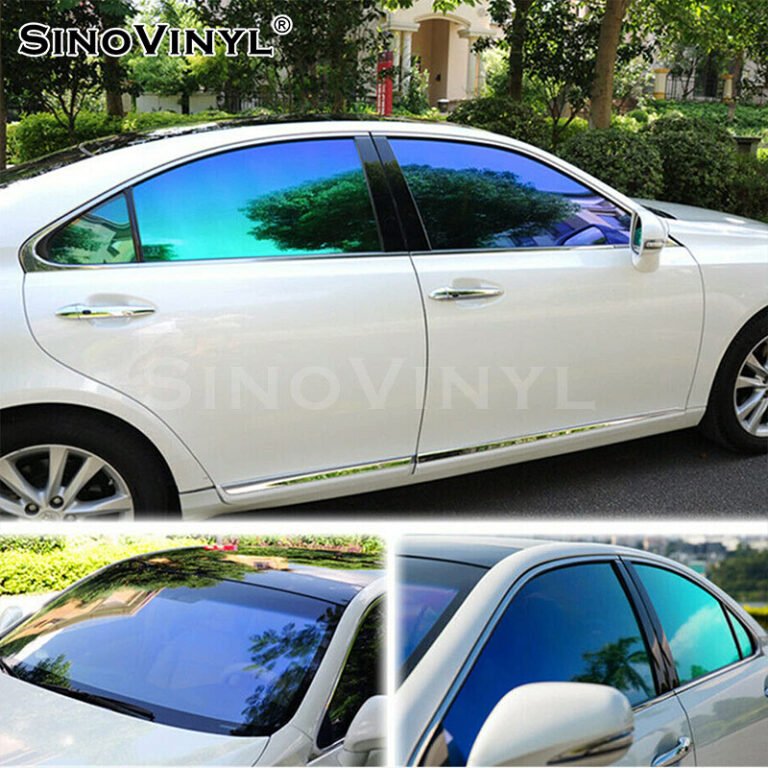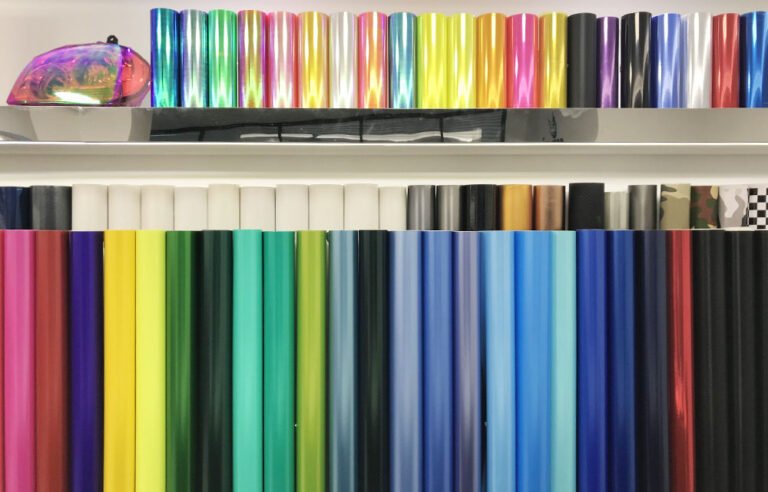Tools and Materials Needed for Effective Film Removal
To effectively remove film from glass windows, you will need the following tools and materials:
- Utility Knife or Razor Blade: A sharp utility knife or razor blade will help in cutting and loosening the film for easier removal.
- Spray Bottle: Fill a spray bottle with a solution of warm water and a mild detergent or window cleaner. This will be used to moisten and soften the film.
- Heat Gun or Hair Dryer: Applying heat to the film helps to loosen the adhesive and makes it easier to peel off. A heat gun or a hair dryer set on high heat can be used for this purpose.
- Plastic Scraper or Credit Card: A plastic scraper or an old credit card will come in handy for gently scraping and lifting the film off the glass surface.
- Clean, Lint-Free Cloth or Paper Towels: Use these to wipe away any residue, moisture, or cleaning solutions from the glass.
- Isopropyl Alcohol: If there is adhesive residue left on the glass after removing the film, you can use isopropyl alcohol to dissolve it. Ensure you use a high concentration, such as 90% or higher.
- Plastic Wrap or Plastic Bags (optional): If you want to speed up the process, you can cover the sprayed film with plastic wrap or plastic bags to help the moisture penetrate and soften the adhesive.
- Stepladder (if necessary): Depending on the height of the windows, you may need a stepladder or stool to reach higher areas safely.
Remember to always wear protective gloves and safety glasses when working with chemicals or sharp tools. Additionally, follow the manufacturer’s instructions for any specific tools or products you use during the film removal process.
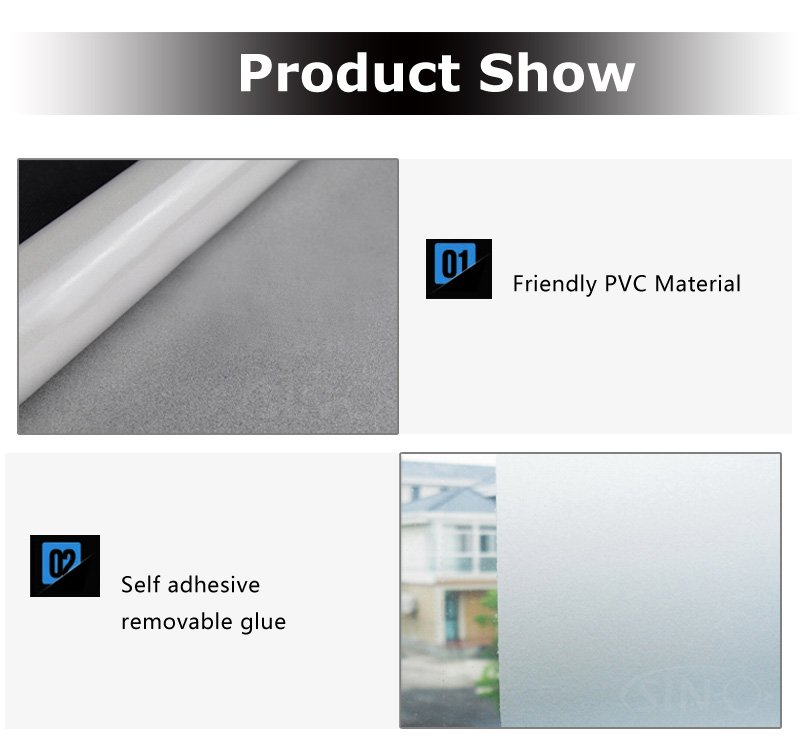
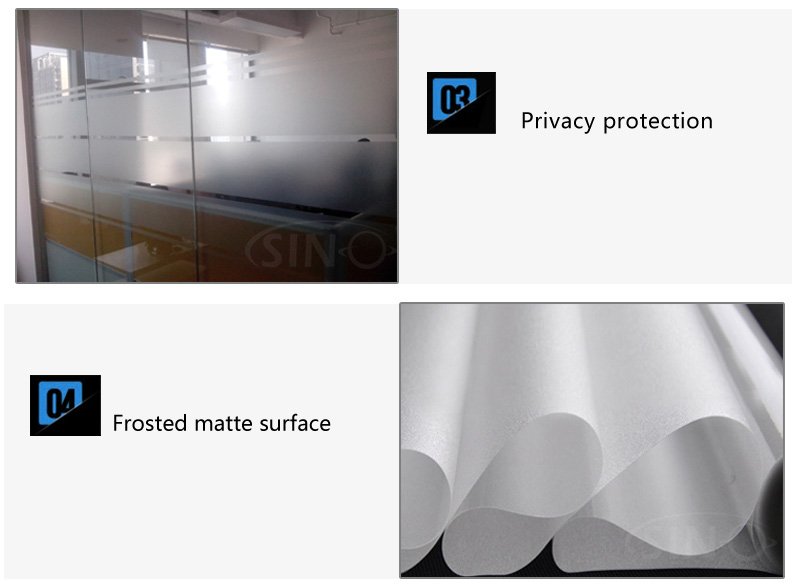
Step by Step Guide: How to Remove Film from Glass Window
To remove film from a glass window, you can follow these steps:
- Gather the necessary materials: You will need a few items to aid in the film removal process, such as a spray bottle, dish soap or window cleaner, a razor blade or scraper, a sponge or cloth, and a bucket of warm water.
- Prepare the glass surface: Start by cleaning the window using a mixture of warm water and dish soap or a window cleaner. Remove any dirt or debris from the glass using a sponge or cloth.
- Soften the film: Fill a spray bottle with warm water and spray it onto the window film. Allow the water to soak into the film for a few minutes. This step helps to loosen the adhesive.
- Begin peeling the film: Use a razor blade or scraper to lift the corner of the film gently. Slowly and carefully peel the film off the glass, applying even pressure to avoid tearing the film.
- Remove adhesive residue: After peeling off the film, you may notice some adhesive residue left on the glass. To remove it, spray a small amount of soapy water or a specialized adhesive remover onto the residue. Let it sit for a few minutes to loosen the adhesive, then gently scrape it off using the razor blade or scraper.
- Clean the glass: Once the film and adhesive residue are removed, clean the glass again using a window cleaner or a mixture of warm water and dish soap. This will ensure that the window is clean and free of any remaining residue.
- Dry the window: Finally, use a clean, lint-free cloth or paper towel to dry the glass thoroughly.
Remember to always follow safety precautions, such as wearing gloves and protective eyewear when using sharp tools like razor blades or scrapers. Additionally, if you’re dealing with tinted film or a large window, you may want to consult a professional for assistance to avoid any potential damage.
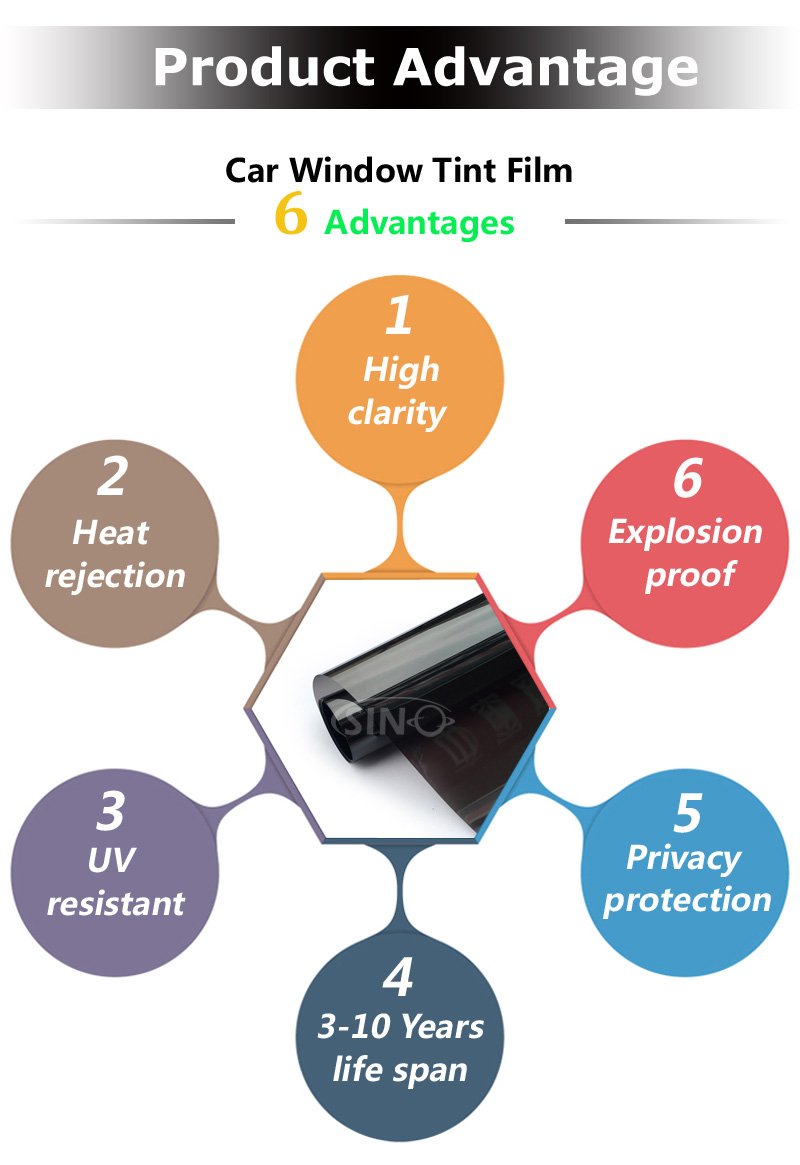
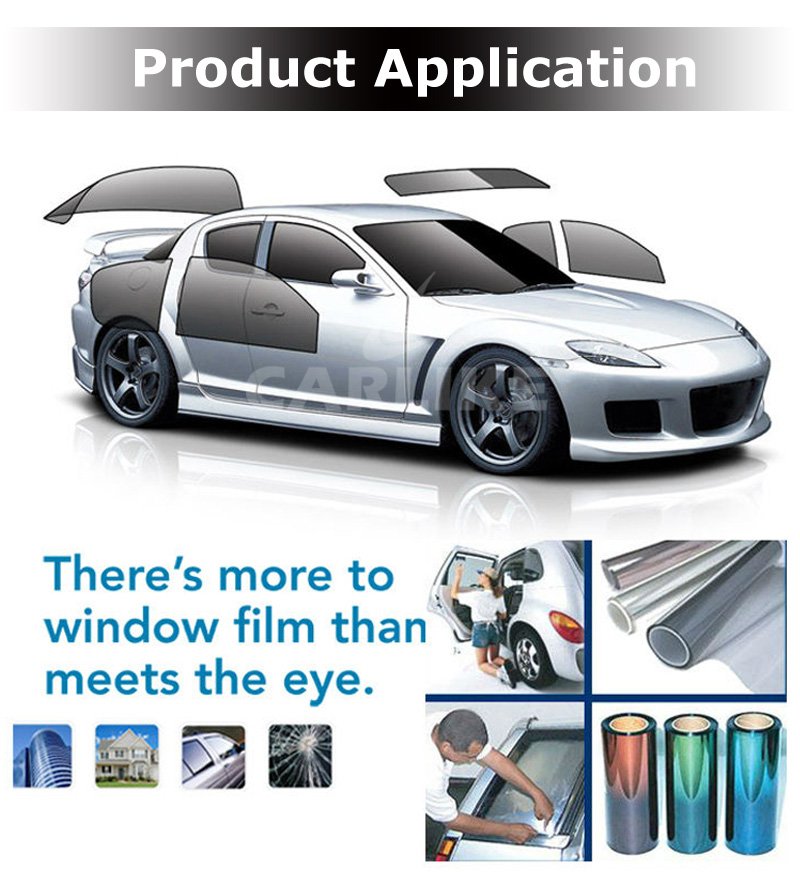
Dealing with Adhesive Residue: Effective Removal Methods
When dealing with adhesive residue left behind after removing film from glass windows, there are several effective methods you can try. Here are some techniques to consider:
- Warm Soapy Water: Mix warm water with a mild dish soap or detergent. Apply the solution to a clean cloth and gently scrub the adhesive residue. Rinse with clean water and wipe dry.
- Vinegar Solution: Create a mixture of equal parts white vinegar and water. Moisten a cloth with the solution and dab it onto the residue. Let it sit for a few minutes, then scrub gently. Rinse with water and dry the glass.
- Rubbing Alcohol: Dampen a cloth or paper towel with rubbing alcohol (isopropyl alcohol) and apply it to the adhesive residue. Allow it to soak for a few minutes, then gently scrub the area. Rinse with water and dry thoroughly.
- Acetone: Use acetone (nail polish remover) to dissolve the adhesive residue. Apply a small amount to a cloth and dab it onto the residue. Allow it to sit for a minute or two, then gently rub the area. Rinse with water and dry completely.
- WD-40: Spray a small amount of WD-40 onto the adhesive residue and let it sit for a few minutes. Use a cloth or sponge to scrub the residue, and then wipe it clean. Be sure to clean the glass afterward with a glass cleaner.
- Goo Gone or Adhesive Remover: Apply a commercial adhesive remover or Goo Gone to a cloth or sponge and gently rub the residue. Follow the product instructions for the best results. Rinse with water and dry thoroughly.
Remember to test any cleaning solution or method on a small, inconspicuous area of the glass first to ensure it does not damage or discolor the surface. Additionally, always work in a well-ventilated area and take appropriate safety precautions when using chemicals.
(Click the picture to get the products)
Final Words
In conclusion, mastering the art of film removal from glass windows opens up a world of clarity and renewed beauty. By understanding the types, causes, and effects of window film, gathering the necessary tools and materials, and following the step-by-step techniques discussed in this guide, you can effortlessly reclaim the pristine condition of your windows. Remember to approach adhesive residue with effective removal methods such as warm soapy water, vinegar solutions, rubbing alcohol, acetone, WD-40, or specialized adhesive removers. With these insights and a little patience, your glass windows will be reborn, unveiling a fresh perspective and allowing natural light to grace your space once again. Embrace the journey of film removal and revel in the transformative power it holds for your windows and the overall ambiance of your home or office.

